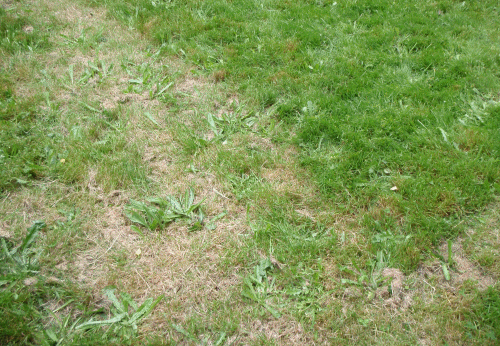posted 8 years ago
Those "amber waves of grain" really don't fit in a small garden plot. I know, I tried it last year with a 3' by 40' strip of emmer. And yes, I got about the 10 pounds that others estimated.
But that's missing the point. Wheat is a seasonal crop that appears on VAST areas of the WIDE-OPEN PLAIN. When I lived in Colorado, there was a neglected piece of dirt that bordered the housing development, maybe a half mile square. It's probably paved over with roads and houses now, but back then it would green up in the spring with feral barley, and by summer you could walk through and harvest what nature offered. A few squirrels wouldn't or couldn't make a dent in it. Now roaming herds of bison, that might cut down the yield, and there are herds of bison in Colorado, but they no longer roam.
When you try to grow wheat in a small plot (or corn, or sorghum for that matter), you're adapting the plant to your needs, not growing it according to its needs. It doesn't need the same amount of care and attention that cucumbers, strawberries and melons do. This is one area where intensive permaculture is perhaps a bit too meddlesome for what the plant wants and needs. It needs to cover large tracts of land. It needs to be seeded and left alone to do its thing. The best thing to do is find an idle area of cleared land (a couple of acres on up) and broadcast sow it. Instead of trying to cultivate it on the small scale, why not identify a place that would look good with "amber waves of grain", and get others in the community to work with you to let a wheat field grow.
It's not that difficult. I notice that areas plowed over for road construction are sprouting all manner of wild grains. Come April, there will be all sorts of feral wheats and barleys available to collect, provided no heavy equipment runs it down.


























 1
1
























 1
1






























 1
1




 1
1















